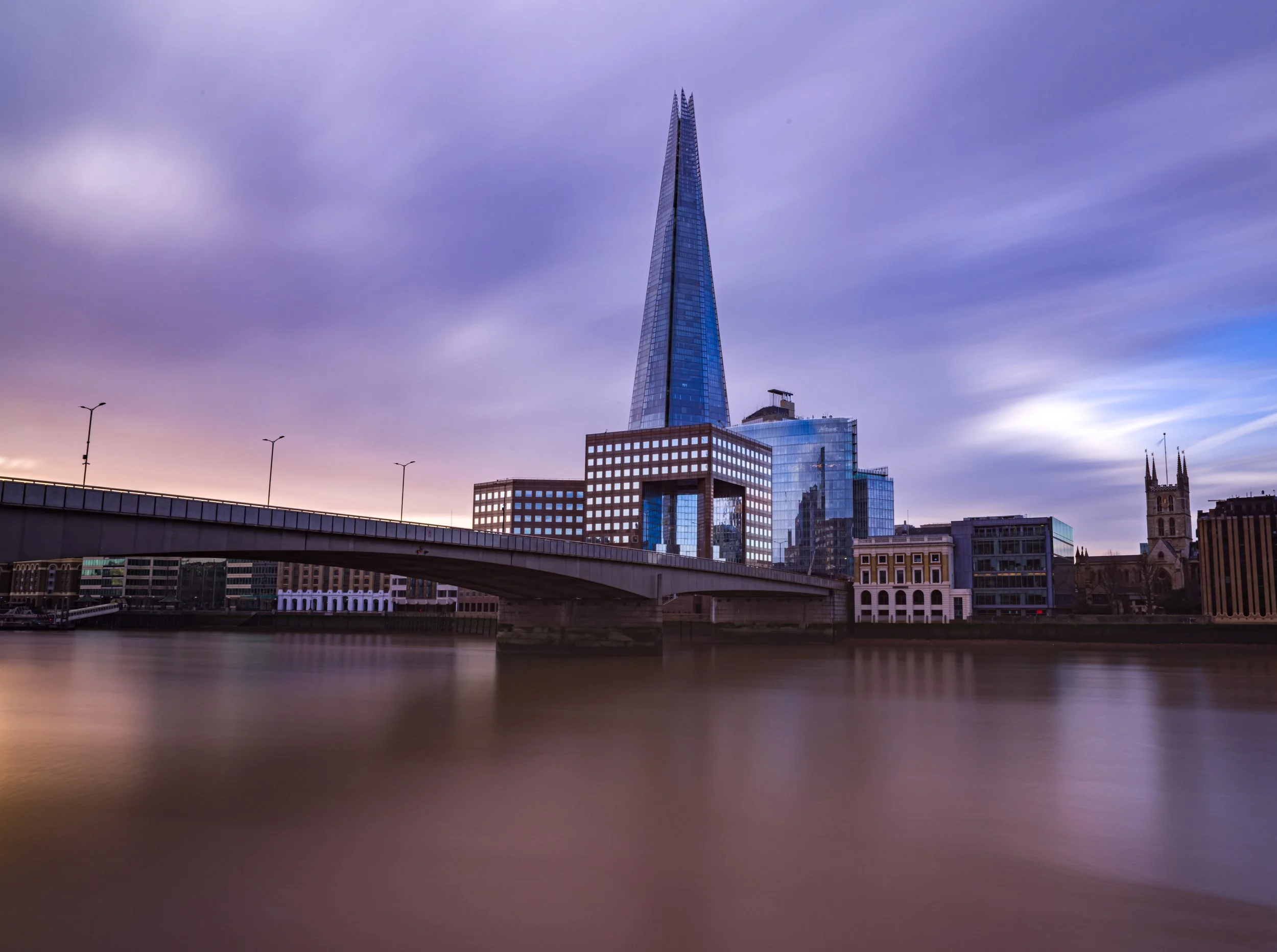Long Exposure
Mastering the Art of Long Exposure Photography
Long exposure photography is a mesmerizing and creative technique that allows photographers to capture the passage of time in a single frame. Whether you’re a seasoned pro or just starting, this guide will walk you through the world of long exposure photography and how to create stunning images that leave a lasting impression.
What is Long Exposure Photography?
Long exposure photography involves using a slow shutter speed to capture a scene over an extended period. This technique allows for creative effects, such as blurring motion, smoothing water, or streaking lights. Long exposures can range from several seconds to minutes, depending on the desired effect and lighting conditions.
Essential Gear
1. Sturdy Tripod: A stable base is essential for long exposure shots. Invest in a high-quality tripod to keep your camera steady during long exposures.
2. Neutral Density (ND) Filters: ND filters reduce the amount of light entering the lens, allowing for longer exposures in bright conditions. They are a must-have for daytime long exposure photography.
3. Remote Shutter Release: To minimize camera shake during long exposures, use a remote shutter release or the camera’s built-in timer.
Choosing the Right Location
Selecting the right location is crucial for long exposure photography:
• Water Scenes: Beaches, rivers, waterfalls, and lakes provide opportunities for silky-smooth water effects.
• Urban Landscapes: Cityscapes with traffic and moving lights can create dynamic, streaking patterns.
• Astrophotography: Capture star trails by pointing your camera at the night sky.
Camera Settings
• Manual Mode: Set your camera to manual mode for full control over settings.
• Low ISO: Use a low ISO setting (typically 100 or 200) to reduce noise.
• Small Aperture: Choose a small aperture (high f-number, e.g., f/11 or higher) for a greater depth of field.
• Shutter Speed: Experiment with shutter speeds, ranging from seconds to minutes, depending on your creative vision.
Composition and Framing
Composition remains vital in long exposure photography:
• Leading Lines: Incorporate leading lines to guide the viewer’s eye through the frame.
• Foreground Elements: Include interesting foreground elements to add depth to your image.
• Balance: Ensure a balanced composition, considering the placement of subjects within the frame.
Focusing
• Manual Focus: In low-light conditions, use manual focus and live view to achieve precise focus.
• Infinity Focus: For astrophotography, set your lens to infinity focus for stars.
Post-Processing
Post-processing is where you can enhance the beauty of your long exposure shots:
• Exposure Adjustments: Fine-tune exposure, contrast, and highlights to achieve the desired look.
• Noise Reduction: Apply noise reduction techniques, especially in longer exposures.
• Color Correction: Adjust color balance to enhance the mood of your image.
Practice Makes Perfect
Long exposure photography is an art that requires practice. Experiment with different locations, settings, and subjects to refine your skills. Don’t be afraid to push your creative boundaries and explore new horizons. With dedication and patience, you’ll master the captivating world of long exposure photography and create images that tell stories frozen in time.

